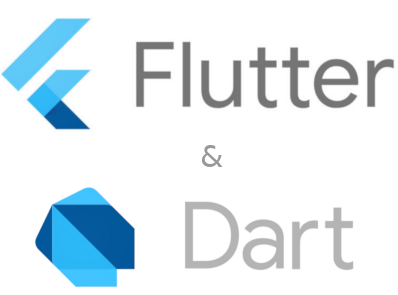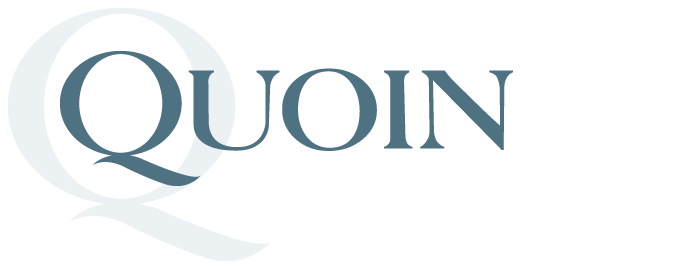Google Flutter is a groundbreaking new technology that streamlines the process of developing cross-platform mobile applications. Originally developed by Google and released under the new BSD license, Flutter is an open-source toolkit for building applications for mobile, web, and desktop platforms from a single code base. This eliminates the need to construct an iOS and Android app separately, thus speeding the mobile app development process and reducing costs.

Flutter enables the efficient delivery of a mobile app that is compatible with several mobile operating systems versions and device platforms. At the same time, the Flutter architecture is also designed to grow and adapt to changes made to Android and iOS. The interop and plugin system allows developers to access new mobile OS features and capabilities immediately. The demand for and the adoption of new mobile widgets is an on-going process; Google’s Flutter team monitors these changes and works with the Flutter community to build and support widgets that meet this demand.
The Flutter toolkit provides two mobile widget libraries that enable seamless design and an appealing user experience. The Material Components library uses the Material Design guidelines to implement a visual, behavioral, and motion-rich set of widgets for Android. The Cupertino library provides a set of iOS styled widgets. In addition to the user interface widgets, the toolkit also provides package libraries for other functions, including:
- Device Integration
- User Authentication
- Biometric Authentication
- Geo-location
Finally, Dart, the official language of Flutter, is both fast and relatively easy to learn. Dart is designed and optimized for rapid development of client applications. It uses familiar C-style syntax and is compiled into efficient native code that ensures outstanding performance of mobile applications on a range of Android and iOS devices.
A Bright Present and Future
Flutter has achieved broad adoption in the IT community as a cross-platform technology for mobile applications as an alternative to React Native, Ionic, or Xamarin. Based on data from Google Trends, interest in Flutter has been increasing and is now as popular as React Native. In April 2020, Google reported that 500,000 developers use Flutter on a monthly basis and over 2 million developers globally have used Flutter since the release of Version 1.0.x in December 2018. Notable companies whose names appear in the Flutter showcase include:
- Capital One
- Realtor.com
- Ebay
- New York Times
Conclusion
In conclusion, this young technology has rapidly matured and gained broad acceptance in the industry, and continues to advance from support from Google. While Flutter can also build desktop and web applications, its genesis and initial development was targeted at cross-platform mobile application development. Flutter is therefore tailored to provide a variety of innovative tools to facilitate this process, benefiting developers, clients, and users alike.
More details on Flutter can be found in the attached presentation created by Quoin partner Jeff Samuels:

